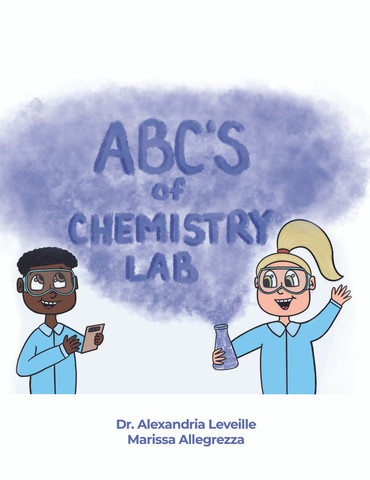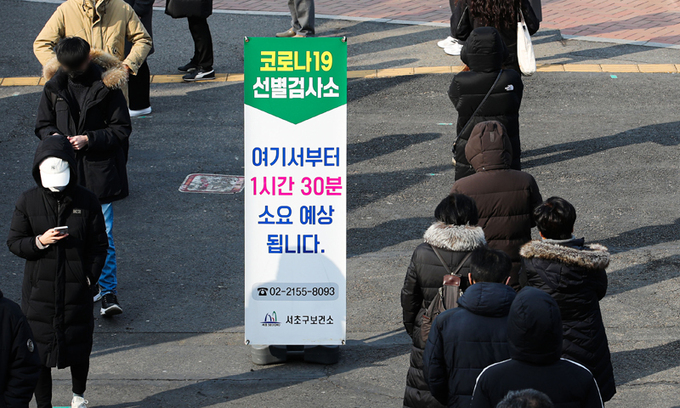— “We should eliminate these silly neutropenic diets,” expert says
by Mike BassettStaff Writer, MedPage Today December 10, 2022
Last Updated December 12, 2022
NEW ORLEANS — Patients who have neutropenia after undergoing hematopoietic stem cell transplantation (HSCT) do not need to restrict themselves to unpalatable hospital foods, a researcher said here.
A randomized study of over 200 patients with hematologic diseases showed that patients who received a non-restrictive diet — including fresh fruits and vegetables, cold cuts, and pasteurized honey and yogurt — after autologous or allogeneic HSCT did not have an increased risk of infection compared with patients who had a restrictive neutropenic diet. The latter only allows foods that have been cooked to about 175° F, reported Federico Stella, MD, of the Università degli Studi di Milano — Istituto Nazionale dei Tumori in Milan, at the American Society of Hematology (ASH) annual meeting.
Up to 30 days following autologous HSCT, and 100 days after allogeneic HSCT, infections grade ≥2 were observed in 65% of patients on the protective neutropenic diet and 62% of patients on the non-restrictive diet (relative risk 1.0, 95% CI 0.8-1.3, P=0.8), Stella and colleagues found. They also noted that the incidence of fever of unknown origin, including febrile neutropenia, was comparable between the protective and non-restrictive diet arms at 43% versus 39%, respectively (RR 1.3, 95% CI 0.9-1.7, P=0.2).
And the incidence of sepsis was also similar between protective and non-restrictive diet arms (11% vs 14%, RR 0.7, 95% CI 0.4-1.5, P=0.5).
“The results of this first randomized study investigating the role of diet after allogeneic and autologous stem cell transplant demonstrate that the use of a restrictive diet is an unnecessary burden for patients quality of life,” Stella said during an ASH press briefing.
He pointed out that infections are a frequent complication after HSCT. “Among measures applied to prevent infections, the use of a low microbial protective diet is standard of care adopted in more than 90% of bone marrow transplantations,” he said, adding that the efficacy of this approach has not been prospectively evaluated.
“I love this [study] because of how it upends the dogma,” said press briefing moderator Mikkael Sekeres, MD, MS, of the University of Miami Miller School of Medicine. “For decades, we have been essentially feeding patients gruel in the hospital under the auspices of a neutropenic diet. And the theory is a good one – that we are minimizing the risk of infections in people who are severely immunocompromised. And we do this in bone marrow transplant units and leukemia units where patients are hospitalized for 4 to 6 weeks.”
However, relegating these patients to these restrictive diets has never made sense, Sekeres said: “I’ve never seen a patient die from an infection that was foodborne.”
Trial patients were randomized 1:1 to the two arms (112 patients in each). Among all the patients, 37% had lymphomas, 38% multiple myeloma, and 5% acute myeloid leukemia. Most (76%) received autologous HSCT and 21% received allogeneic HSCT. Patients followed their assigned diet from the start of chemotherapy (before transplant) until their white blood cell count recovered after the procedure.
Stella also reported there were no significant differences between the protective diet and non-restrictive diets, respectively, for:
- Body weight variations: mean -3.6 kg (about 1 lb) vs -3.2 kg (P=0.33)
- Incidence of nausea: 16% vs 15% (RR 1.1, 95% CI 0.6-1.9, P>0.99)
- Mucositis: 62% vs 60% (RR 1.05, 95% CI 0.8-1.3, P=0.8)
- Hospitalization length: mean 21 days vs 22 days (P=0.47)
- Parenteral nutrition use: 23% vs 26% (RR 0.9, 95% CI 0.4-1.4, P=0.8)
- Parenteral nutrition duration: mean 6.9 days vs 6.7 days (P=0.8)
- Acute graft-versus-host disease grade ≥2 in allogeneic-HSCT patients: 17% vs 25% (RR 0.7, 95% CI 0.2-2, P=0.7).
Importantly, Stella observed, “the non-restrictive diet was associated with higher satisfaction in a patient-reported quality of life analysis.” Specifically, just 16% of patients on the protective diet reported it did not negatively impact their care and feeding versus 35% in the non-restrictive diet arm (RR 0.5, 95% CI 0.3-0.8, P=0.006).
When asked whether a change in accepted dietary practice for these patients would meet resistance, Sekeres noted that while working at another center, he eliminated the neutropenic diet on the leukemia floor, and that did “face a lot of resistance as you can imagine — this is decades of people saying we should do this.”
He called food an “emotional” issue, and said that patients — who have so little control over a disease like leukemia — feel empowered if they at least have control over their food.
Sekeres said he found the study “validating” and suggested that “we should eliminate these silly neutropenic diets and let people eat what they want and give them a much better quality of life when they’re in the hospital.”
![author['full_name']](data:image/svg+xml;base64,PHN2ZyB4bWxucz0iaHR0cDovL3d3dy53My5vcmcvMjAwMC9zdmciIHdpZHRoPSI1MCIgaGVpZ2h0PSI1MCIgdmlld0JveD0iMCAwIDUwIDUwIj48cmVjdCB3aWR0aD0iMTAwJSIgaGVpZ2h0PSIxMDAlIiBzdHlsZT0iZmlsbDojY2ZkNGRiO2ZpbGwtb3BhY2l0eTogMC4xOyIvPjwvc3ZnPg==)
Mike Bassett is a staff writer focusing on oncology and hematology. He is based in Massachusetts.
Disclosures
Stella disclosed no relationships with industry.
Primary Source
American Society of Hematology
Source Reference: Stella F, et al “Non-restrictive diet does not increase infections in patients with neutropenia after stem cell transplantation: Final analysis of the neutrodiet multicenter, randomized trial” ASH 2022; Abstract 169.
Note: This article have been indexed to our site. We do not claim legitimacy, ownership or copyright of any of the content above. To see the article at original source Click Here



![author['full_name']](https://clf1.medpagetoday.com/media/images/author/MikeBassett_188.jpg)










